Para localizarnos en redes sociales, te presentamos nuestro nuevo Twitter.
@GrupoGiam https://twitter.com/GrupoGiam?s=20
Los interesados en el mundo del juego y la praxiología motriz podremos mantenernos informados y jugar juntos


Para localizarnos en redes sociales, te presentamos nuestro nuevo Twitter.
@GrupoGiam https://twitter.com/GrupoGiam?s=20
Los interesados en el mundo del juego y la praxiología motriz podremos mantenernos informados y jugar juntos

El INEFC en colaboración con la AEJST presenta el 1er Fórum Europeo de Juegos y Deportes Tradicionales
El Forum que se desarrollará en multiples encuentros, pretende ser una red de redes.
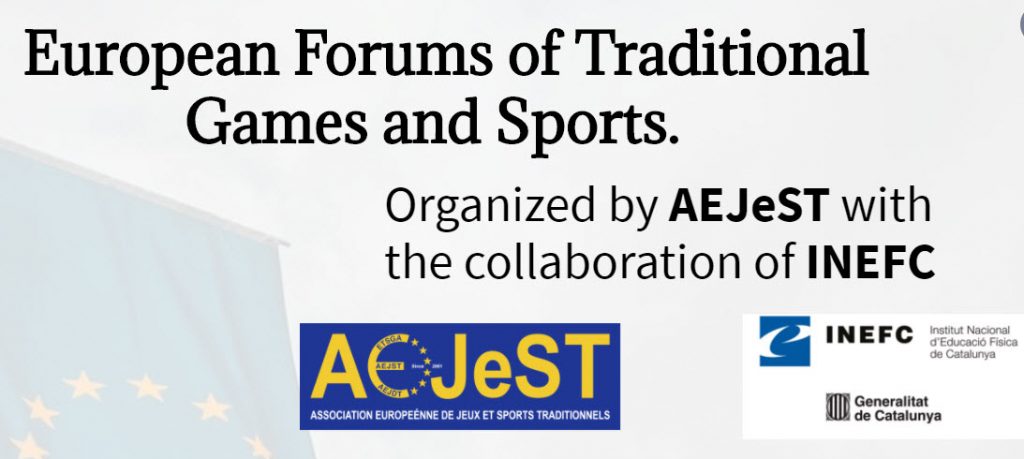
Así, las diversas organizaciones pueden presentarse, divulgar sus acciones e intereses.
Se conocerán las realidades, podrá compartirse información y ofrecer y dar soporte a los miembros.
Para conocer más información y acceder a la la invitación, clicar el siguiente link o en la imagen:

Este proyecto, del programa Erasmus Sport, dirigido por el catedratico Pere Lavega desde el INEFC Lleida, cuenta con el apoyo de 39 organizaciones, incluida la UNESCO y la ITSGA, y 7 paises.
Dirigido a promover la inclusión social para personas con discapacidad intelectual a traves del juego y deporte tradicional, se llevará a cabo durante 3 años y cuenta con una ayuda de 380.000 €.
Posted on 29 September, 2020 by Enric Ormo
In order to categorise and describe the set of variables of both internal and external logic in an ethnomotor situation, Rafael Luchorro has developed the table below.
It is presented in its adaptation for the article «The Traditional Sporting Games as a mirror of society. The case of the Games in Lleida, in the Spanish Civil War», by Rafael Luchoro-Parrilla, Enric Ormo-Ribes, Pere Lavega-Burgués, Rosa Rodríguez-Arregi, Aaron Rillo-Albert and Miguel Pic. The objective is the study of the traditional sport game during the Spanish Civil War.
Based on the different possibilities presented in each domain of motor action, it categorises the possible variables and offers a description of them.
This contribution allows researchers to have a reference to follow for other studies.
| Ethnomotricity | Motor actions Sector | Variable | Category | Description |
|
Internal Logic |
Rules | IL- Rule | Play | 1. Motor situation with rules |
| Game | 2. Motor situation without rules | |||
| Relationship with others | IL- Interation | Psychomotor | 3. Motor situation without motor interaction among players | |
| Sociomotor | 4. Motor situation with motor interaction among playmates or opponents | |||
| IL- Domain | Psychomotor | 5. Motor situation without motor interaction among players | ||
| Cooperation | 6. Motor situation with motor interaction among two or more playmates | |||
| Opposition | 7. Motor situation with motor interaction among two or more opponents | |||
| Cooperation- Opposition | 8. Motor situation with motor interaction among playmates and opponents | |||
| IL- Psychomotor-Structure | Alone | 9. Psychomotor situation played by just one player | ||
| Alternate Comotricity | 10.Psychomotor situation where players act in different moments | |||
| Simultaneous Comotricity | 11.Psychomotor situation where players act in different zones | |||
| IL- Opposition-Structure | Opposition- Alternate Intermotricity | 12.Motor situation where the opposition is done by contacting opponent objects | ||
| Individual Duel | 13.Motor situation of opposition between two players | |||
| All * All | 14.Motor situation of opposition among all the players | |||
| One * All | 15.Motor situation of opposition between a player against the other players | |||
| IL- Coop/Oppo Structure | Coop-Oppo (CO) Alternate Intermotricity | 16.Motor situation where the C and O is done by contacting playmates or opponent objects | ||
| Team Duel | 17. Motor situation of C-O between two teams | |||
| Team*Others | 18. Motor situation of C-O with a team against the other players | |||
| Paradoxical | 19. Motor situation of C-O where players can become playmates or opponents at the same moment | |||
| IL- Communication Exclusiveness | Exclusive Net | 20. Motor situation where players are exclusively playmates or opponents. | ||
| Ambivalent Net | 21. Motor situation where players can be playmates and opponents during the mach/game. | |||
| IL- Communication Stability | Stable Net | 22. Motor situation where players maintain the same C or O ratio during the mach/game | ||
| Unstable Net | 23. Motor situation where players can change the C or O ratio during the mach/game | |||
| IL- Scoring interactions network | Cooperation Goal Net | 24. Motor situation where success (point or role change) is achieved through cooperative actions | ||
| Antagonistic Scoring interaction network | 25. Motor situation where success (point or role change) is achieved through opposition actions | |||
| Mixed Scoring interactions network | 26. Motor situation where success (point or role change) is achieved through cooperative and opposition actions | |||
| No Scoring interactions network | 27. Motor situation without score interaction (psicomotor or cooperative) | |||
| IL- Opposition Type Interaction | Oppo-Body contact | 28. Motor situation where opposition takes place through body contact | ||
| Oppo-Objects contact | 29. Motor situation where opposition takes place through objects | |||
| IL- Opposition Body Agressivity | Oppo-By simple contact | 30. Motor situation where opposition takes place through a simple body contact. | ||
| Oppo Body contact-objects | 31. Motor situation where opposition takes place through the body contact with objects | |||
| Oppo-Strong hit to body | 32. Motor situation where opposition takes place through a strong impact on the body | |||
| Oppo Permanent body contact | 33. Motor situation where opposition takes place through permanent body contact | |||
| IL- Roles Changes Network | Fixed Roles | 34. Motor situation where players do not change roles during the game | ||
| Local change Roles | 35. Motor situation where players changing roles do not change partner or adversary relationship | |||
| General change Roles | 36. Motor situation where players changing roles change partner or adversary relationship | |||
| Relationship with material | IL- Object | With objects | 37. Motor situation where motor actions take place through objects | |
| No objects | 38. Motor situation where motor actions take place without objects. | |||
| Relationship with space | IL- Space Stability | Stable Space | 39. Motor situation in an environment without uncertainty or contingencies | |
| Unstable Space | 40. Motor situation in an uncertain or unpredictable environment | |||
| IL- Space as Objective | Fixed human space | 41. Motor situation where players are looking for a fixed human space | ||
| Mobile human space | 42.Motor situation in which the players look for a human space with movement | |||
| Fixed artificial space | 43.Motor situation where players are looking for a fixed artificial space | |||
| Mobile artificial space | 44.Motor situation where players are looking for an artificial space with movement | |||
| IL- Coop-Opposition Charge Distance | Almost null Charge distance | 45.Motor situation in the interaction is done with almost no distance (minus 1 meter) | ||
| Reduced contact charge distance | 46.Motor situation in the interaction is done with a distance of 1 to 3 meters | |||
| Median contact charge distance | 47.Motor situation in the interaction is done with a distance of 3 to 5 meters | |||
| Long charge distance | 48.Motor situation in the interaction is done with a distance of >5 meters | |||
| IL- Oppos Guard Distance | Almost null Guard Distance | 49.Motor situation where at the beginning the players are separated to an almost null distance (less than 1 meter) | ||
| Reduced Guard Distance | 50.Motor situation where at the beginning the players are separated at a distance of 1 to 3 meters | |||
| Median Guard Distance | 51.Motor situation where at the beginning the players are separated at a distance of 3 to 5 meters | |||
| Long Guard Distance | 52.Motor situation where at the beginning the players are separated at a distance of 5 meters | |||
| Relationship with time | IL- Score | Finished Task | 53.Motor situation which ends after performing a task (jump, run, throw…) | |
| Score Limit | 54.Motor situation which ends after reaching a number of points | |||
| Time limit | 55.Motor situation which ends after a time limit | |||
| Score-Time limit | 56.Motor situation which ends after reaching a number of points or after a set time has elapsed | |||
| Without Score | 57.Motor situation without end | |||
| External Logic | Type of Game | EL-Military Game | Military Game | 58.Motor situation with military connotations |
| Non Military Game | 59.Motor situation without military connotations | |||
| Protagonists | EL- Age | Children | 60. Motor situation practiced by children | |
| Youth | 61.Motor situation practiced by young people | |||
| Adults | 62.Motor situation practiced by adults | |||
| Children-Youth | 63.Motor situation practiced by children & young people | |||
| All ages | 64.Motor situation practiced by people of different ages | |||
| EL- Gender | Only male | 65.Motor situation practiced by the male gender | ||
| Only female | 66.Motor situation practiced by the female gender | |||
| Separated Male or Female | 67.Motor situation practiced by the male or female gender separately | |||
| Mixed Male-Female | 68.Motor situation practiced by the masculine and feminine gender together | |||
| Material | EL- Material Provenance | Artificial material | 69.Motor situation practiced with objects obtained from an artificial environment | |
| Natural material | 70.Motor situation practiced with objects obtained from a natural environment | |||
| Natural – artificial material | 71.Motor situation practiced with objects obtained from an artificial or natural environment | |||
| Bought material | 72.Motor situation practiced with bought objects | |||
| Without material | 73.Motor situation practiced without objects | |||
| EL- Material Modification | Modified non-military material | 74.Motor situation practiced with modified non-military objects | ||
| Unmodified non-military material | 75.Motor situation practiced with non-modified non-military objects | |||
| Unmodified Military material | 76.Motor situation practiced with non-modified military objects | |||
| Without Material | 77.Motor situation practiced without objets | |||
| EL- Material Elaboration | Handmade Material | 78.Motor situation practiced with objects made by the players | ||
| External made Material | 79.Motor situation with objects made by other people | |||
| Without Material elaboration | 80.Motor situation practiced without objets | |||
| Zones | EL- Zones Location | Inside – Zones | 81.Motor situation practiced in an indoor space | |
| Outside – Zones | 82.Motor situation practiced in an outdoor space | |||
| In-Out – Zones | 83.Motor situation practiced in an indoor or outdoor space | |||
| EL- Zones Preparation | Prepared – Zone | 84.Motor situation practiced in a space prepared specifically for the game | ||
| Poorly prepared – Zone | 85.Motor situation practiced in an barely prepared space for the game | |||
| Not Prepared – Zone | 86.Motor situation practiced in an unconditioned space. | |||
| Temporal Location | EL- Calendar | With calendar | 87.Motor situation practiced according to a schedule | |
| Without calendar | 88.Motor situation practice at any time of the year |
La revista brasileña Conexoes, presenta en su último número (Vol 18-2020) un Monográfico especial en Praxiología Motriz
Un total de 24 artículos, presentados por mas de 50 autores brasileños, argentinos y españoles de diversas universidades, presentan el resultado de investigaciones, reflexiones y experiencias.
El presente monográfico ha sido coordinado por los profesores Dr. Marco Antonio Coelho Bortoleto, Universidade Estadual de Campinas; Dr. João Francisco Magno Ribas, Universidade Federal de Santa Maria; y Dr. Jorge Ricardo Saraví, Universidad Nacional de La Plata
A destacar la aportación efectuada por el Dr. Pierre Parlebas, en una profunda reflexion titulada » Educaçao Física e Praxiologia Motriz»
Fernanda Raffi Menegaldo, Marco Antonio Coelho Bortoleto PDF
Aproximações entre o Handebol e a Praxiologia Motriz proposta de ensino com base nas problemáticas emergentes da Lógica Interna do jogo
Eduardo Ivan Friedrich, Felipe Menezes Fagundes PDF
.
El catedràtic del INEFC de Lleida I I.P del GiAM, Dr. Pere Lavega, ha participat en el, 3rd INTERNATIONAL ETHNOSPORT FORUM a la ciutat turca d’ Antalya.
Una trobada d’experts de 50 països, on han participat 12 ministres de diferents continents.
Els 250 participants han pogut participar de les ponències que s’han desenvolupat durant les diferents jornades
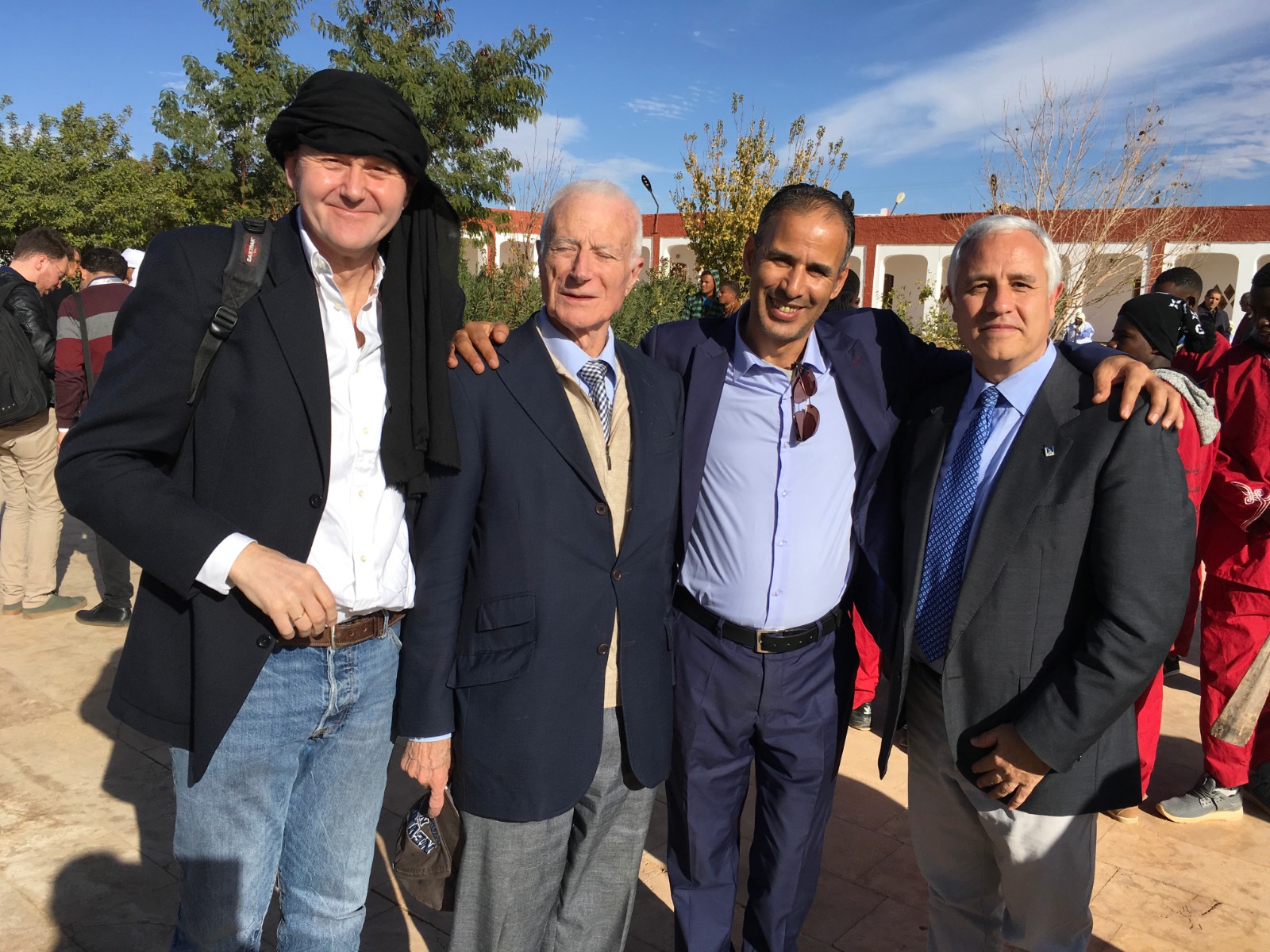
En el coloquio se trataron temas en torno a: descripción y análisis de los juegos deportivos tradicionales (JDT); contexto cultural de los JDT; Juegos, deportes y desafíos identitarios; contribuciones de los JDT al turismo sostenible.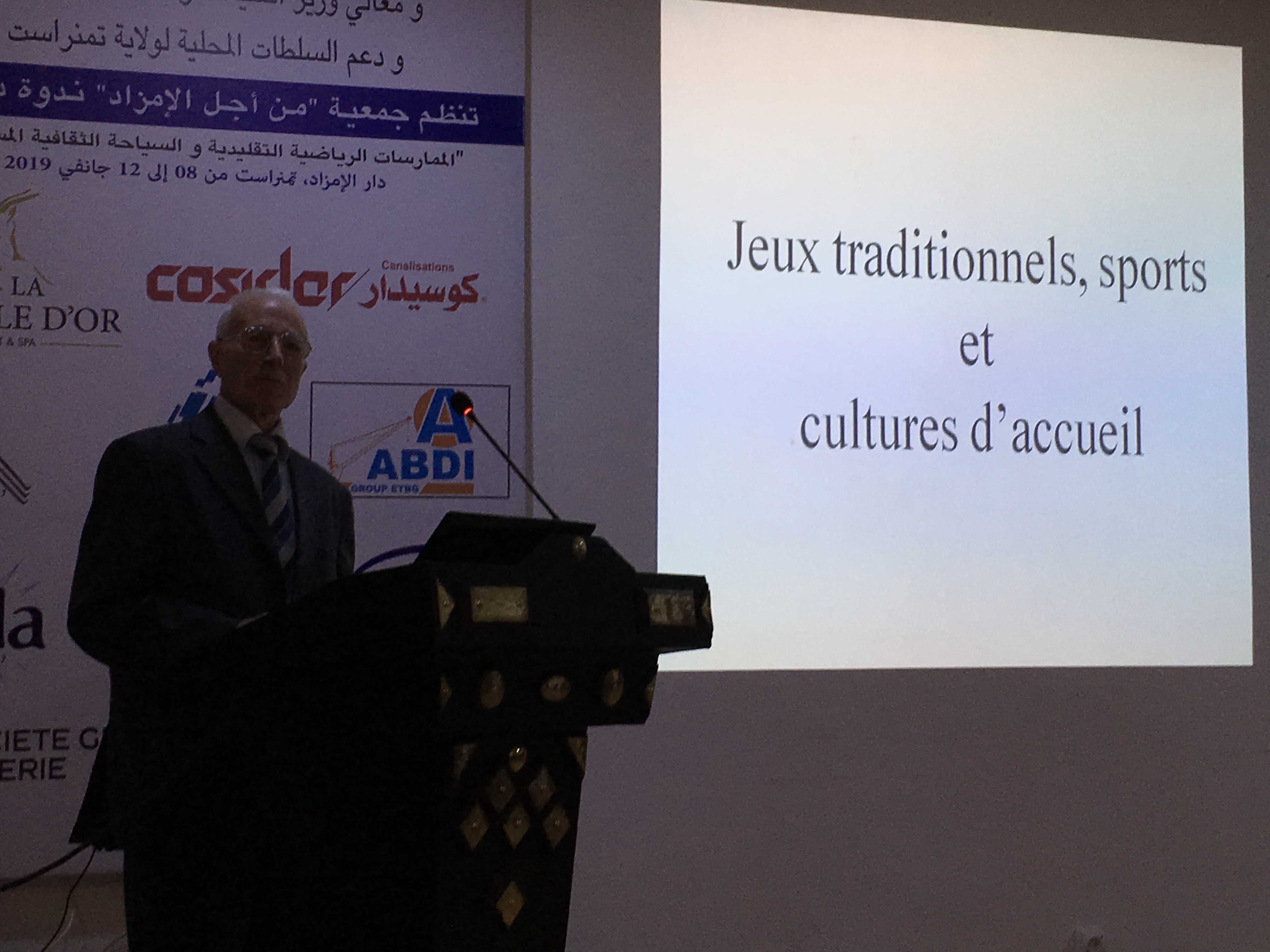
El GIAM participó en este congreso, representado por el catedrático Pere Lavega. En este evento participaron algunos de los investigadores más representativos de la praxiología motriz: Pierre Parlebas, Bertrand During y Michel Boutin (Francia), Enrico Ferretti (Suiza), Joseba Etxebeste, Clara Urdangarin y (España) Iman Nefil, Ahmed Torki e Ismail Bekai (Algeria); Ezzeddine Bouzid y Shaira Ben Chaabane (Túnez)
El pasado 4-5 de diciembre de 2018 se celebró en Turkmenistat la INTERNATIONALCONFERENCE «IMPORTANCE OF THE GREAT SILK ROAD: PRESENT AND FUTURE DEVELOPMENT» , donde participaron un grupo de expertos sobre Juegos y deportes tradicionales (TGS) del Atlas interactivo
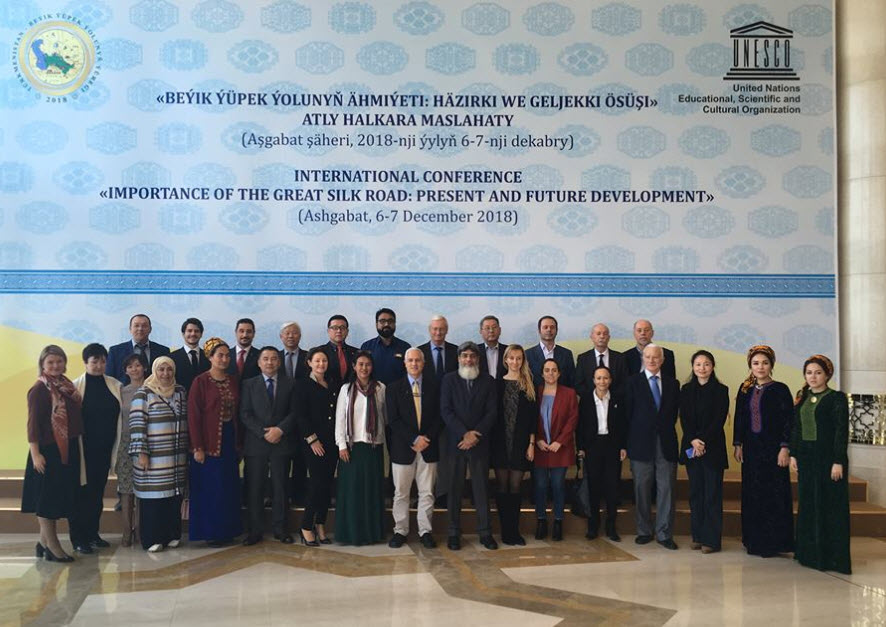 de interacciones culturales a lo largo de las rutas de la seda, organizada por la UNESCO, en colaboración con el Gobierno de Turkmenistán. .
de interacciones culturales a lo largo de las rutas de la seda, organizada por la UNESCO, en colaboración con el Gobierno de Turkmenistán. .
Dos días de trabajo intensivo y productivo con participantes especialistas seleccionados por todo el mundo, que contó con la presencia activa del Catedrático Pere Lavega i Burgues, IP del GIAM.
El Comité Asesor Ad hoc de la UNESCO sobre TSG y otros expertos del programa UNESCO de Silk Roads particparon en los trabajos y encuentros llevados a cabo en este acontecimiento..
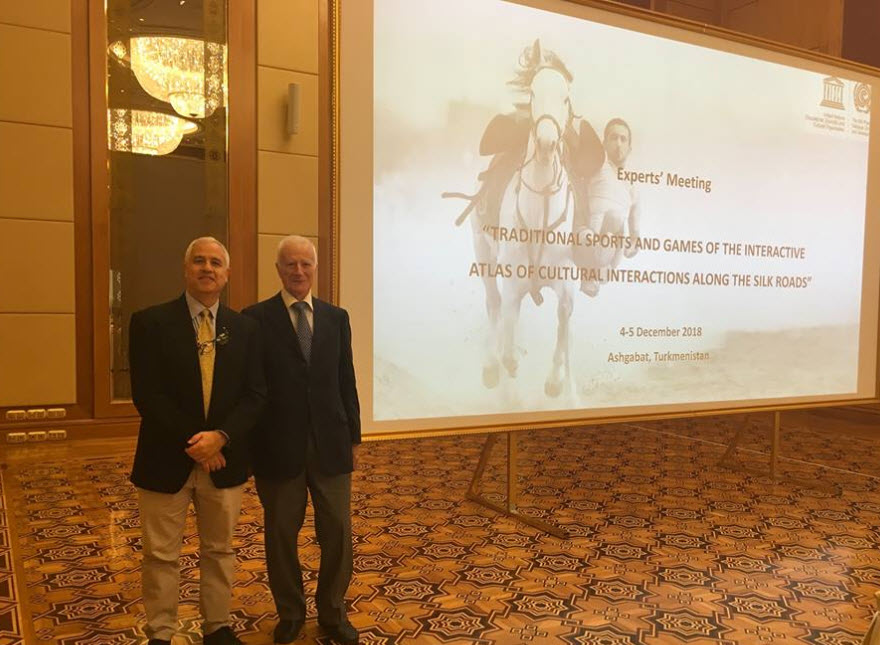 Entre los especialistas invitados por la UNESCO, estuvo tambien invitado el Dr.Pierre Parlebas, president Honorifico de la AIPRAM.
Entre los especialistas invitados por la UNESCO, estuvo tambien invitado el Dr.Pierre Parlebas, president Honorifico de la AIPRAM.
El equipo del GIAM, se reúne de forma ordinaria una vez al mes con un orden del día y bajo la coordinación del IP del grupo, Dr Pere Lavega. Las reuniones se llevan a cabo en el laboratorio de Praxiología Motriz del INEFC Lleida. Estas sesiones de trabajo son presenciales, pero los miembros que no pueden asistir participan online a través de un sistema de videoconferencia. Los integrantes del grupo residentes en otras ciudades (Zaragoza, Barcelona, Islas Canarias…), participan con este sistema y con textos compartidos y remitidos previamente.
E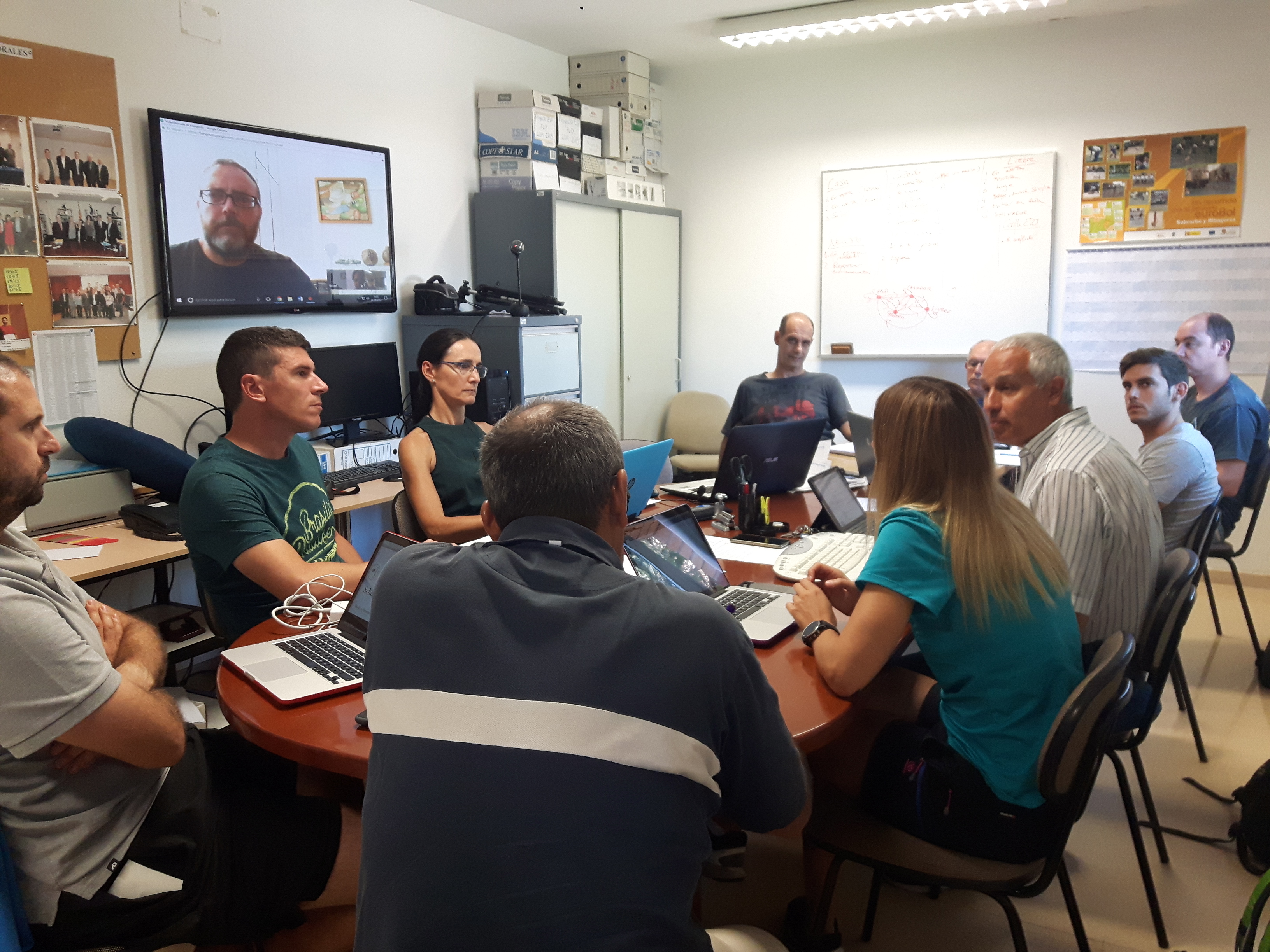 n la mayoría de las reuniones, uno de los miembros del GIAM expone el estado de su proyecto (artículo, capítulo de tesis doctoral…), los problemas, dudas o situaciones que encuentra y la línea de trabajo que piensa seguir. El grupo realiza una valoración crítica, analiza las dudas y aporta ideas, sugerencias y recursos para poder seguir con su desarrollo.
n la mayoría de las reuniones, uno de los miembros del GIAM expone el estado de su proyecto (artículo, capítulo de tesis doctoral…), los problemas, dudas o situaciones que encuentra y la línea de trabajo que piensa seguir. El grupo realiza una valoración crítica, analiza las dudas y aporta ideas, sugerencias y recursos para poder seguir con su desarrollo.
En el orden del día también se suelen tratar temas en torno a tres ámbitos principales: proyectos en curso, publicaciones (artículos, capítulos de libro…) y acciones de divulgación científica (participación en congresos científicos, actualización de la página web, participación en cursos de divulgación, etc.).
La Dra. Conchita Duràn, profesora titular del INEFC Lleida presentó y defendió su tesis doctoral el en la Sala de Honor del INEFC Lleida, ante el tribunal compuesto por los profesores Jose Ignacio Alonso, Joan Palmi i Guerrero y Francisco Lagardera Otero.
Bajo el título “La toma de conciencia emocional a través del juego deportivo en diferentes grupos de edad” y dirigida por el catedrático Pere Lavega, el trabajo és la sintesis de diversos estudios llevados a cabo per la Dra.Durán y su director en el marco del Grupo de Investigación GIAM, publicados en diversas revistas científicas..
Las investigaciones centran el punto de atención sobre la capacidad predictiva de las variables de dominio de la acción motriz (familia de pertenencia de los juegos), presencia o ausencia de competición, género sexual, tipos de emoción y homogeneidad de los grupos, para explicar la intensidad y la orientación emocional, así como los estados de ánimo que los juegos suscitan.La tesis se desarrolló mediante la publicación de los siguientes artículos:
de la acción motriz (familia de pertenencia de los juegos), presencia o ausencia de competición, género sexual, tipos de emoción y homogeneidad de los grupos, para explicar la intensidad y la orientación emocional, así como los estados de ánimo que los juegos suscitan.La tesis se desarrolló mediante la publicación de los siguientes artículos:
Las conclusiones de los diferentes estudios presentados en este trabajo, permiten afirmar que la práctica de juegos motores genera estados emocionales y estados de ánimo de signo positivo que encaminan a los participantes hacia estados de bienestar subjetivo.